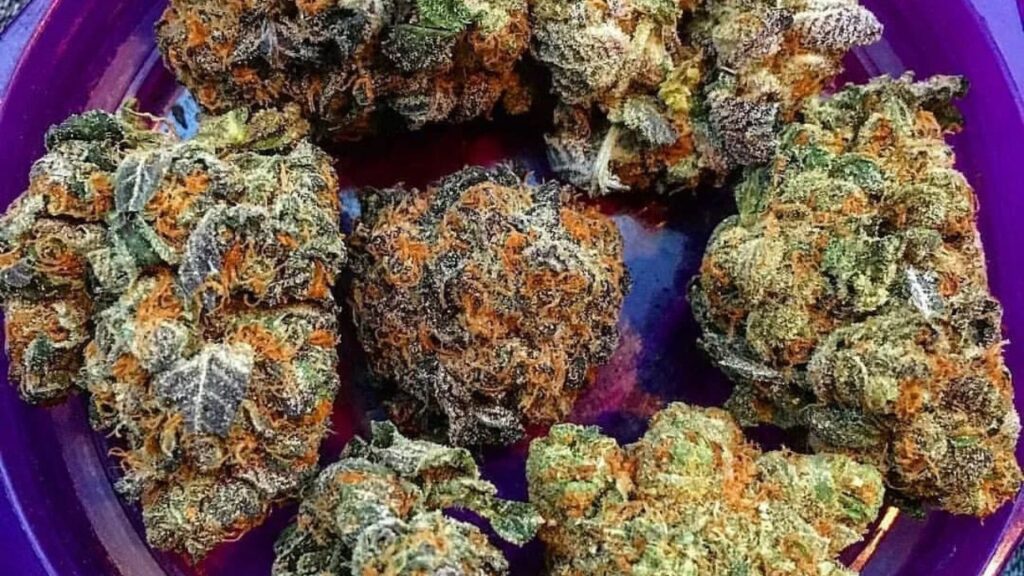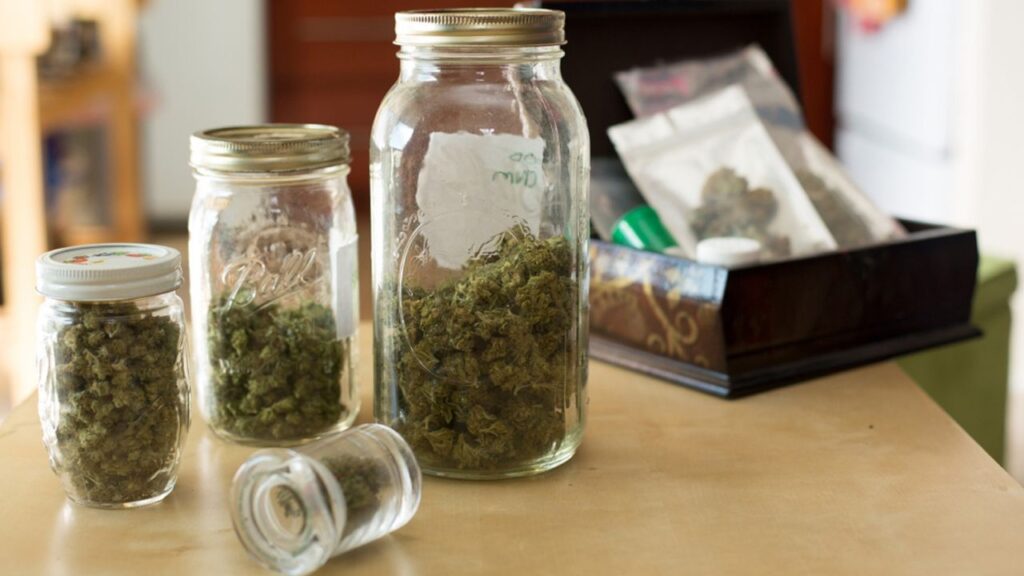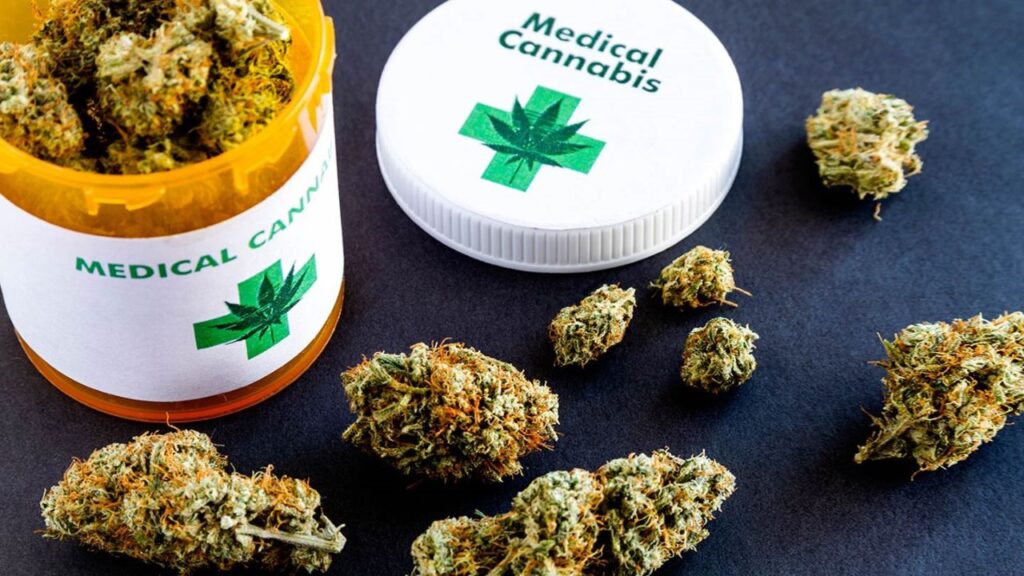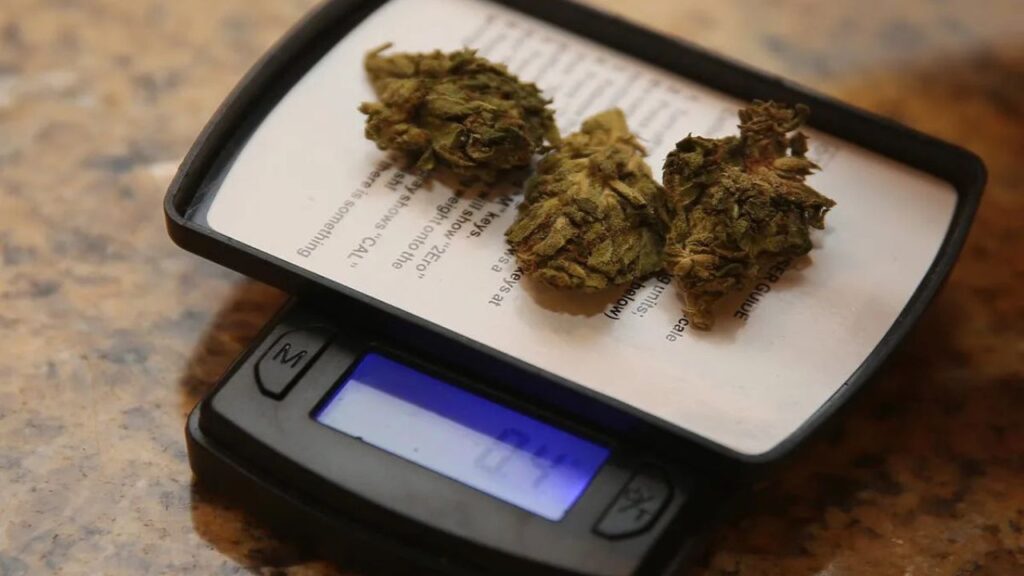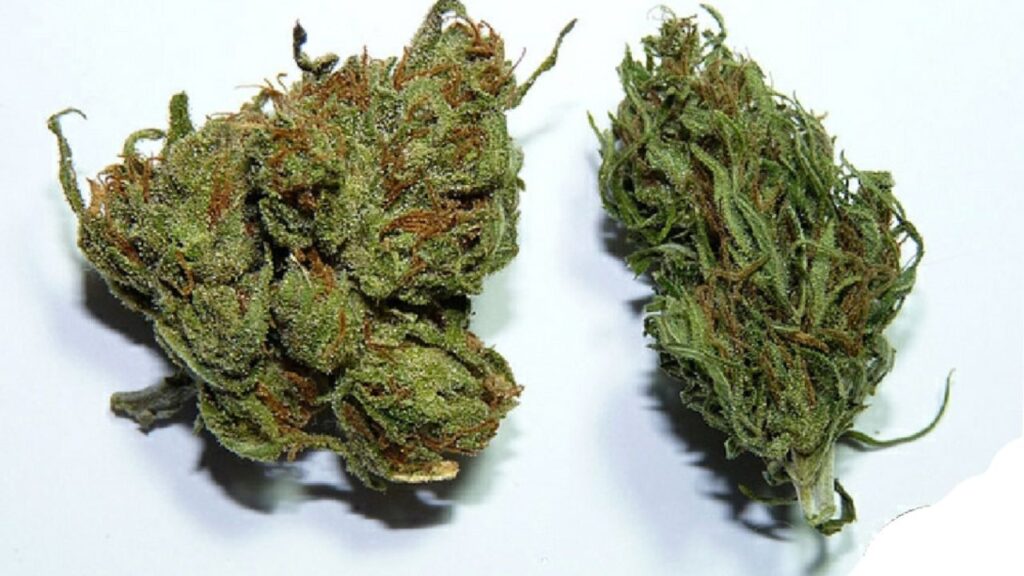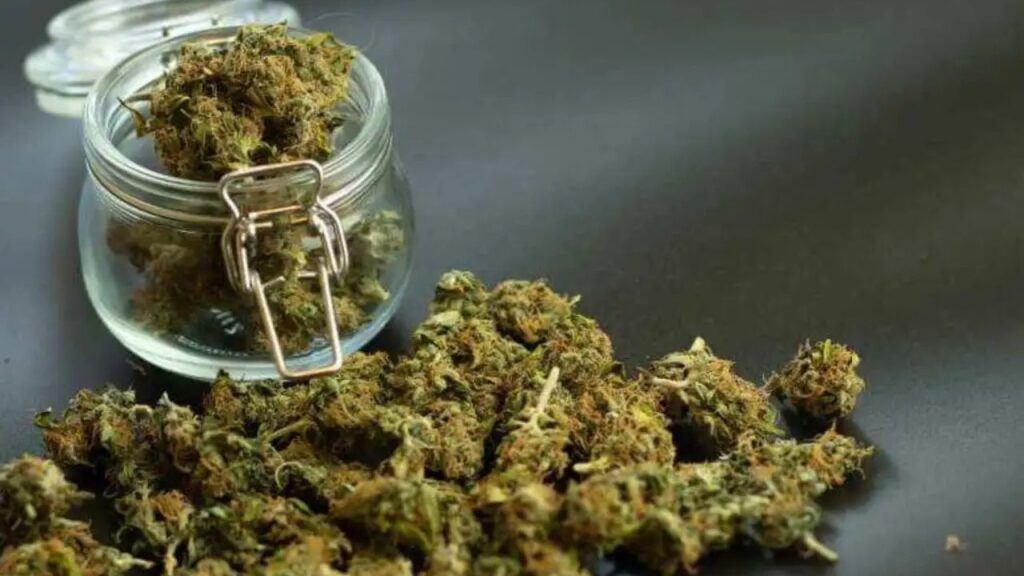Cannabis potency plays a huge role in your experience. Whether you’re a medical patient or a recreational user, understanding the strength of cannabis flower helps you make smarter choices. Potency affects everything—your high, the effects, the dosage, and even the cost. This guide explains cannabis flower potency in simple terms.
What Is Cannabis Flower Potency?
Cannabis flower potency refers to the concentration of cannabinoids—primarily THC (tetrahydrocannabinol) and CBD (cannabidiol)—in the plant. These compounds are responsible for the effects you feel when consuming cannabis. The higher the THC level in weed flower, the stronger the psychoactive effects. CBD, on the other hand, provides relaxation and potential therapeutic benefits without the “high.”
THC: The Main Potency Player
When people talk about THC levels in weed flower, they refer to how much THC is in a given sample, usually measured as a percentage. A cannabis strain with 20% THC means that 200 milligrams of THC exist per gram of dried flower.
THC Ranges and Their Effects:
-
Low (under 10%): Mild effects. Good for beginners or daytime use.
-
Moderate (10–20%): Balanced high. Suitable for regular users.
-
High (20–30%): Strong effects. Best for experienced consumers.
-
Very High (30%+): Extremely potent. Use with caution.
CBD and Other Cannabinoids
THC isn’t the only compound that matters. CBD levels also affect your experience. High-CBD, low-THC strains are often used for:
-
Anxiety relief
-
Inflammation
-
Sleep improvement
-
Non-psychoactive treatment
Other cannabinoids like CBG, CBN, and THCV also play roles but are present in smaller amounts.
The Importance of Terpenes

While potency is mostly about cannabinoids, terpenes shape your experience too. These aromatic compounds influence smell, taste, and even the effects of your high. Two flowers with the same THC levels can feel very different depending on their terpene profiles.
Common terpenes include:
-
Myrcene: Sedating and relaxing
-
Limonene: Uplifting and mood-boosting
-
Caryophyllene: Anti-inflammatory
-
Pinene: Alertness and memory support
Understanding weed potency means factoring in both cannabinoid percentages and terpene profiles.
How to Measure Cannabis Potency
You can’t judge potency just by looking or smelling. Laboratory testing is the most reliable method.
Methods Used to Measure Cannabis Potency:
-
High-Performance Liquid Chromatography (HPLC):
Measures THC, CBD, and other cannabinoids accurately in raw flower. -
Gas Chromatography (GC):
Used less frequently, but can still determine cannabinoid content. -
Infrared Spectroscopy (rare):
Provides quick but less accurate potency estimates.
If you’re wondering how to measure cannabis potency yourself, know that most dispensary labels already include lab-tested THC and CBD percentages.
Interpreting a Cannabis Flower Potency Chart
A cannabis flower potency chart helps users understand what to expect from different THC/CBD ratios and terpene combinations.
| THC Level | CBD Level | Effects |
|---|---|---|
| High | Low | Intense high, euphoria, creativity |
| Low | High | No high, calming, medical relief |
| Balanced | Balanced | Mild high, relaxation, pain relief |
Understanding Weed Potency for Medical Use
If you’re using cannabis medicinally, understanding weed potency becomes even more important. High-potency strains may help with:
-
Severe chronic pain
-
Insomnia
-
Appetite loss
-
Chemotherapy-related nausea
Low-potency or high-CBD options are better for anxiety, inflammation, and daytime functionality.
Strongest Cannabis Flower Strains
Looking for something powerful? Some of the strongest cannabis flower strains include:
-
Godfather OG – Up to 34% THC
-
Strawberry Banana – 31% THC
-
Girl Scout Cookies (GSC) – 28% THC
-
Bruce Banner – 30% THC
These are not for the faint-hearted. Beginners should avoid high-THC strains until they build tolerance.
How to Choose the Right Potency
Here’s a simple guide:
-
Beginner: Choose strains with THC under 15%. Try hybrids or CBD-rich flower.
-
Intermediate: Look for 15–20% THC strains with uplifting terpenes like limonene.
-
Advanced: Explore 20–30% THC strains. Watch for couch-lock and tolerance build-up.
Also, keep in mind that tolerance grows over time. Rotate strains to keep effects fresh and reduce THC dependency.
Tolerance and Potency
Frequent users often build a tolerance, meaning they need more THC to feel the same effects. While that might sound like a superpower, it can lead to overuse and side effects like:
-
Anxiety
-
Paranoia
-
Decreased motivation
-
Poor sleep
Consider taking tolerance breaks to reset your system. Even 2–3 days without THC can make a difference.
Myths About High Potency Cannabis

There are plenty of misconceptions about strong weed:
-
Myth 1: Higher THC always means better weed.
Not true. Effects also depend on terpenes and your body chemistry. -
Myth 2: Potent cannabis cures everything.
While helpful, cannabis isn’t a cure-all. Use it responsibly. -
Myth 3: You can handle any potency with enough experience.
Everyone has limits. Even seasoned users can get overwhelmed.
Risks of High THC Levels
Using high-potency cannabis carries some risks, especially if you’re not experienced:
-
Increased risk of dependency
-
Short-term memory loss
-
Impaired motor skills
-
Anxiety and paranoia
-
Higher tolerance over time
Know your limits and always start low and go slow.
Legal Limits on Cannabis Potency
In some states or countries, cannabis potency is regulated. For example:
-
Some U.S. states cap edibles at 10mg of THC per serving.
-
Flower THC limits vary by product type and regulation.
Always check your local laws before purchasing or growing cannabis with high THC levels.
Tips for Testing a New Strain’s Potency
Trying a new flower? Follow these steps:
-
Start with a small dose.
A single puff or 0.1 gram is enough to gauge effects. -
Wait 15–30 minutes.
The effects of inhaled cannabis kick in quickly. -
Adjust slowly.
Increase the dose only if needed. -
Keep notes.
Track how you feel, how long it lasts, and any side effects.
Final Thoughts on Cannabis Potency
Cannabis flower potency isn’t just about big THC numbers. It’s about the overall experience. From terpene profiles to cannabinoid ratios, many elements shape how you feel. Learn to read a cannabis flower potency chart. Understand THC levels in weed flower and how they affect you. Know how to measure cannabis potency and how to use that data. Whether you’re chasing the strongest cannabis flower strains or just trying to feel calm, understanding weed potency makes every session safer and more satisfying.
Call to Action:
Ready to explore cannabis like a pro? Use this guide to choose the right potency, understand labels, and elevate your sessions. Keep learning. Stay informed. Enjoy smart.


